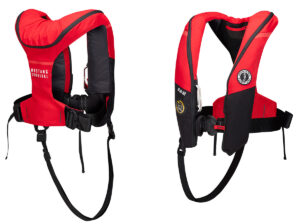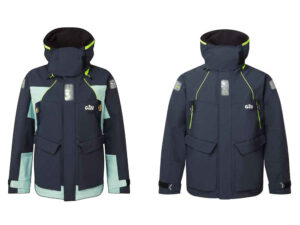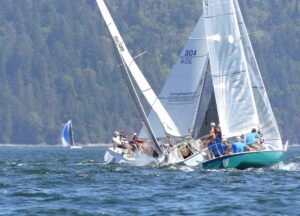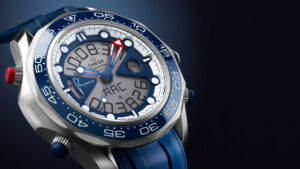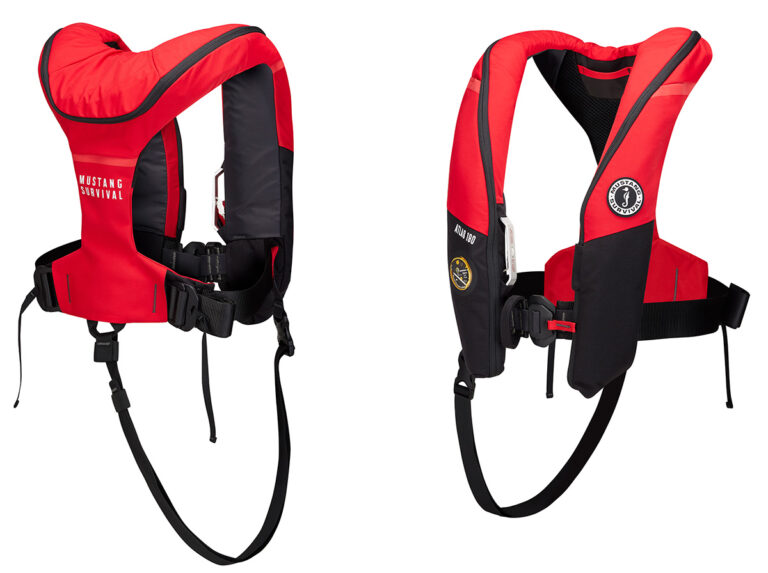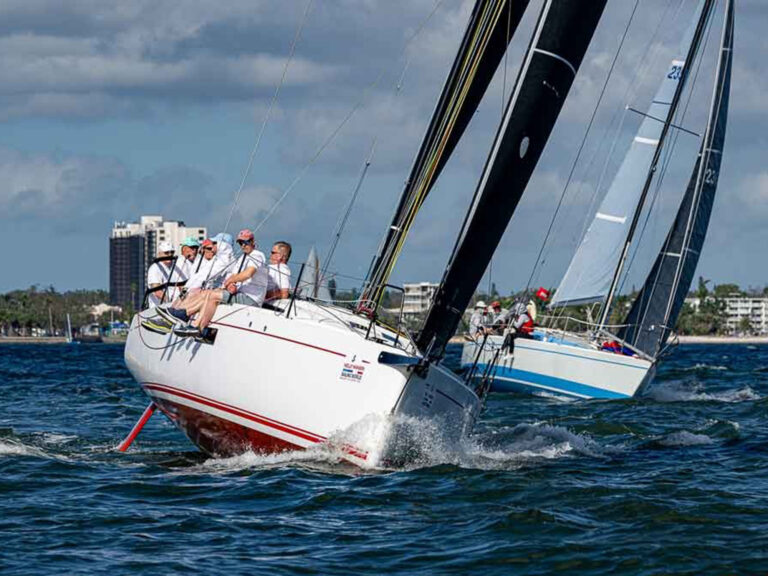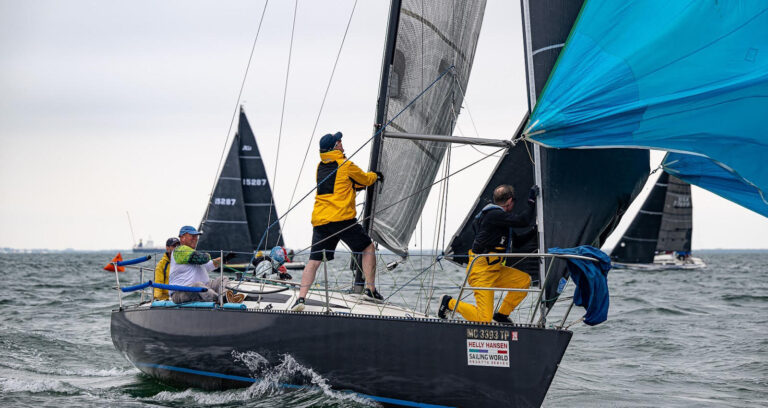
After five years of development, North Sails has started producing 3DL sails for small one-design and club racers. The company says their Rotary Molded technology, or RM, will dramatically enhance production efficiencies. RM sails are made by a machine pioneered by Bill Slyne of Industrial Evolution, Inc., in Toronto. Slyne, who worked on the original 3DL molds used for bigger boats, is credited with developing the intricate rotating cylinder capable of producing a one-piece sail in approximately 10 minutes.
While North is still in the early stages of manufacturing its first-generation RM sails, the company says the technology will provide them significant cost savings over their traditional paneled sailmaking process. Using the RM machine, they’ll essentially be able to mass-produce sails with foot lengths up to 14.5 feet.
“The first sails will cost us several million dollars to cover the expense of development,” says Jay Hansen, vice president of North Sails. “But we fully expect to be competitive with pricing as production ramps up.”
%image1%
When making an individual sail, a computer controls complex hydraulics within the cylinder, and the rotating drum’s surface is manipulated to precisely match a three-dimensional sail design. Shapes can be repeated with fine tolerances, which North believes will be important to one-design classes that currently allow only paneled sails. In the first stage of manufacturing, Mylar film is fed into the machine. Strands of glue-infused aramid fibers are laid on the film in continuous thread patterns as the drum rotates. After the tensioned fibers are placed on the film in predicted load paths, another layer of Mylar seals them in place. The laminate is then vacuum-bonded and heat cured before being removed to be trimmed and finished. 800-SAIL123, ext. 770.
Designer Rodger Martin and Holby Marine in Bristol, R.I., are revising the rig and sailplan of the Quest 33 and renaming the boat the Quest 33S. “We’re doing a VPP,” says Martin, “to prove the new setup will be faster on every point of sail.” The mast will be two feet taller, keel-stepped, and moved aft 9 inches. Instead of a 154-percent jib, it’ll have a 105-percent jib and outboard chainplates. Much of the lost jib area will be added to the mainsail, which will sport a larger roach. By reengineering the carbon mast and downsizing the shroud sizes, the Quest 33S rig will be lighter than the original, providing better speed, and easier handling without affecting the price of the boat. $138,000, www.holbymarine.com
Nautor Swan launched the prototype for a new German Frers designed 45-footer last fall and has been refining the boat since. Nautor is positioning the boat as a one-design racer/cruiser that retains the interior quality the company is famous for while providing an advanced composite hull.
“The people at Nautor have made a conscientious effort to find new solutions for improving their traditional building methods,” says Frers, “making sure quality is high. The hull is innovative in the use of various fibers, styles, and distribution with the incorporation of carbon fiber into the structure. The deck, on the other hand, is being built with a resin injection system that guarantees uniformity and optimum fiber-to-resin ratios.” The boat will carry a carbon-fiber fractional rig with swept spreaders and the option to use fractional or masthead spinnakers. The boat is being built in the companys Pietarsaari, Finland, plant. The first production hull is expected to be delivered this spring at a price of $377,000 excluding sails and electronics. www.nautors-swan.com
New Products
Weems & Plath have introduced their NightStar flashlight, which uses a LED bulb that the company says will last for 100,000 hours. LED bulbs are great for their dependability and because they draw very little current. The NightStar requires no batteries, and instead gets it’s power from a magnet that passes through a wire coil when the unit is gently shaken–a capacitor stores the charge. Thirty seconds of shaking makes enough energy to power the light for six minutes. The unit is 10 inches long and weighs 14 ounces. $79.99, www.weems-plath.com
For racing sailors who want the ultimate in lightweight, high strength snapshackles, Wichard now offers a line of titanium trigger-release shackles. They’re forged from TA6V medical grade titanium, and the largest shackle in the lineup, 5.5 inches, has a breaking load of 13,200 pounds and weighs only 7 ounces. Wichard claims they’re 40 percent lighter than comparable stainless shackles. $300, 401-683-5055, www.wichard.com
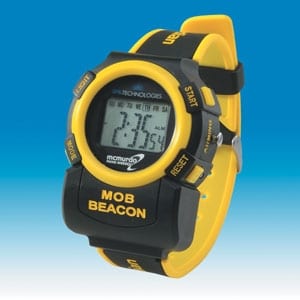
The Guardian wristwatch has a built in transmitter that will automatically activate an international 121.5 Mhz emergency signal when immersed in water. Its design and functionality will encourage the user to wear it as if it were a normal watch. It has a large digital display, chronograph timer, LCD backlight, and is water resistant to a depth of 150 feet. The MOB feature produces an emergency signal for up to 8 hours. The signal is detectable from 15 nautical miles away. When used in conjunction with an onboard emergency receiver and direction finder, the watch can facilitate the quick recovery of anyone who goes overboard. $300, 561-394-9113, www.painswessex.com

